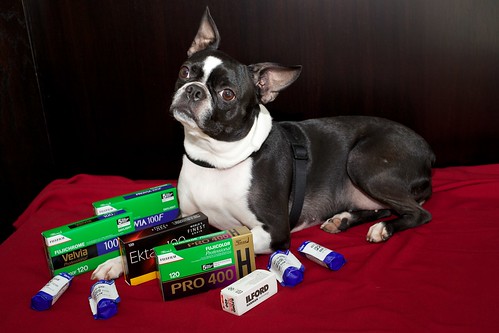Fuji has been celebrating the 5 years of Fuji X, a line they started with the release of the Fujifilm X-100.
Yesterday, Fujifilm officially announced the X-Pro2, the successor of the X-Pro1 that was released in April 2012 and boostrapped the Fuji X-system and introduced the X-Trans sensor. I bought the X-Pro1 sight unseen and didn’t regret it, despite its flaws and quirks.
The X-system has since evolved, between the X-E bodies (cheaper X-Pro1) and X-T (improved EVF only bodies) and the range if new high quality lenses, into a really high quality mirrorless photographic system. Fujifilm has followed-up from customer feedback and managed to provide serious improvements for the various through firmware updates for the existing model — something we have yet to see from most of the competition. And it is happening again with the X-E2 getting improvement from X-E2s.
The X-Pro2
I don’t have the privilege to have access to this camera, so don’t treat this article as a review.
The short version of the X-Pro2 vs the X-Pro1, it is a bit more of everything. More pixels, more speed, more AF focus points, more manual controls, more shutter speed, more exposure compensation, etc.
The various improvements are, without specific order:
- 24 Mega pixels X-Trans (vs 16 on the X-Pro1)
- The same hybrid viewfinder improvements than the one found on the X-100T
- More AF focus point – with phase detection AF
- Faster shutter speed (1/8000) and fast flash sync (1/250) with the new focal-plan shutter
- Mechanical dial for the ISO
- ±3 stops exposure compensation on the dial and up to ±5 in C mode with electronic controls
- Front selection wheel and improved grip
- Diopter for the viewfinder
- 2 SD-cards slots
- More precise battery meter (but quid of the battery life)
- Built-in wifi with remote control
- More film simulation modes
- Weather sealing
The expected price of US$1,700 is in the same range as the original X-Pro1 and to be available in February 2016.
Let’s see what is being reported elsewhere:
I still have questions. A major one is about the battery life. Since the X-Pro2 uses the same NP-W126 batteries, I’m not sure if it will not plagued by the same problem. I have trouble filling up a 16GB card in RAW with only 4 batteries ; so imagine with two 32GB cards…. in this dual slot setup. Not that the dual slot is useless, but it is not useful for just extended capacity as you’d end up switching batteries even more.
Update: Garrett told me over twitter that the X-T1 that use the same battery is already much better for battery life. There is hope.
The other question is how long it will take to have RAF support in the various applications, given how much of a joke is the application that come with the camera, at least with the previous ones. If only this was documented…, but I digress.
While it sounds like a good time for me to upgrade, I will wait for the things to settle first.
Other announcements
Also announced, the X-70, a refresh of the X-E2 named X-E2s, a new XF 100-400mm lens and a new flash EF-X500.
The X-E2s is a refreshed, aka slightly improved, version of the X-E2 with better high ISO and a few other software perks, that will also be delivered through a firmware upgrade for the X-E2 users. It is great to see Fujifilm committed into improving existing model with software when it is possible.
- The X-70 is like a X-100T with a wider angle and slower fixed lens 17.5mm f/2.8 and
an EVF a flip LCD screen instead of the hybrid. With the promise of an expensive hot-shoe mounted optical viewfinder. In short a competitor to the Ricoh GR.
- The XF 100-400mm is a f/4.5-5.6 tele-zoom with weather sealing and optical image stabilizer.
- The EF-X500 is an auto TTL flash for the X-system to be released in May 2016.
Edit: the X70 doesn’t have an EVF. Edited accordingly. Sorry about that.
